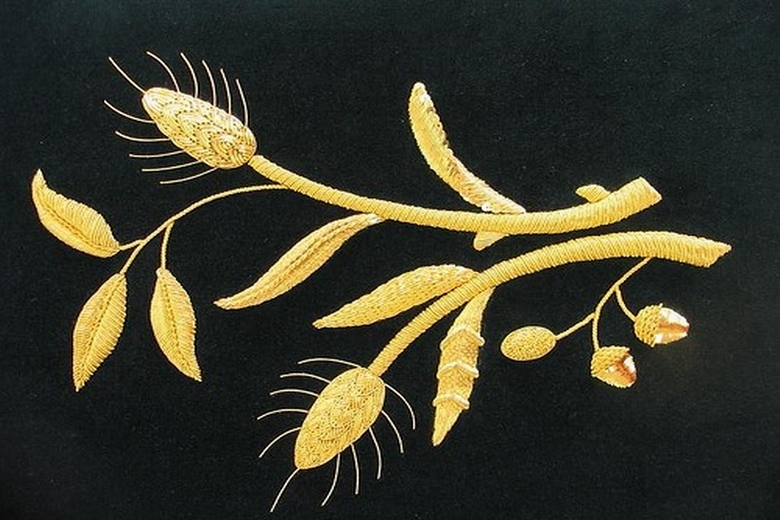
All you Need to Know about Hand Embroidery Patterns
Hand embroidery is an elaborate and elegant work where the devil is in the detail done by the sheer perfection of one's hand. What happens if you don't have a guideline for your hand to follow? This is why hand embroidery patterns are required by people who want to make sure that the hand doesn't stray from the design that you want create. Thus, it ensures perfection and neatness in the hand embroidered design. You can see sequential patterns everywhere around you- in architecture, on the streets, at homes, in appliances and cars. This is largely because everything needs a preplanned pattern that guides the process in stable harmony ensuring that the work is done in the required time with the required amount of labor and is done with such perfection that no flaws mark it. Similarly patterns are also used in hand embroidery work so that the design is completed without any mishap because it is going to be unfortunate for your design to miss a primitive part of itself because you didn't have a proper pattern with you.
Different Types of Patterns:
Patterns are also of various designs depending on the kind of material you are using and the level of skill you have. There are three major forms of patterns:
- Coloring pages
- Digital stamps
- Stained glass
In coloring pages, many varieties are available for construction paper to oiling sheets to Disney coloring paper or transferring sheets. All of these papers are available online in different categories ranging from cheap to expensive types. Choose the kind of paper you want to use according to the limit of your budget or the kind of design you want. Using digital stamps is a very modern form of making patterns for hand embroidery. These stamps are made from clay or sometimes plaster of Paris or if you can afford then they can be made from polyester too. These stamps can imprint the image of your design on the cloth without much effort of drawing on your part. Just have the design made by a professional and stamp it on the cloth by using washable ink. In stained glass patterns, intricate designs are made. This is used on the commercial level and requires expertise and technicalities that are not available in your home.
How are Patterns Made
When you have a design in mind, craft it on the paper or transfer sheet that you have with you. Now place this design on the cloth, exactly over the place where your design must be present and start tracing this design with a lead pencil or charcoal pencil. After carefully copying and tracing the design add the minor details you want and finish it without leaving even a dot out of it. After the design is complete, remove the paper and start working on the design with your thread and needle. If this design needs color then use color pencils to line the area that needs to be colored properly to indicate that you need a different thread to work on that particular area.
Hand Embroidery Patterns
Patterns are necessary when it comes to hand embroidery although there is a kind of hand embroidery known as free hand embroidery that doesn’t need any special pattern. But hand embroidery patterns are required for people who are new to this whole business of creating such decorative, colorful art from threads and needles. Novices especially tend to get a little out of hand when it comes to hand embroidery designs so it is important for them to use patterns. They can start out with simple patterns rather than intricate ones so that they can easily be transferred to the cloth. It is relatively easy for you to learn the trade if you get used to the simple motion of learning basic hand design stitches. Hand embroidery patterns are today also available on the internet. You can just print them out on the transfer paper if your drawing is not that good. This makes the process of creating a pattern relatively easy for you and also helps you move forward with the process of getting to the embroidery stuff


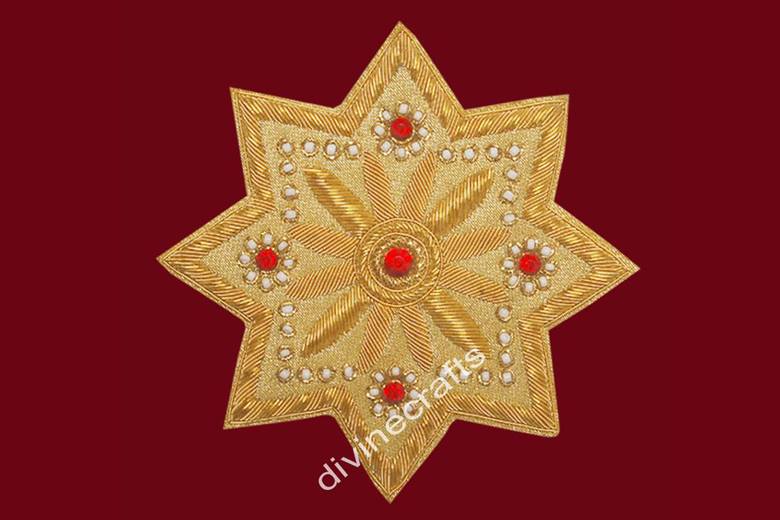
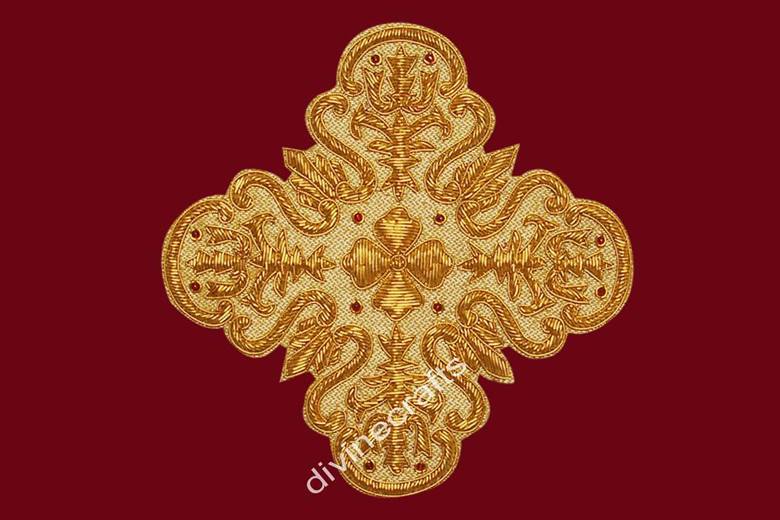
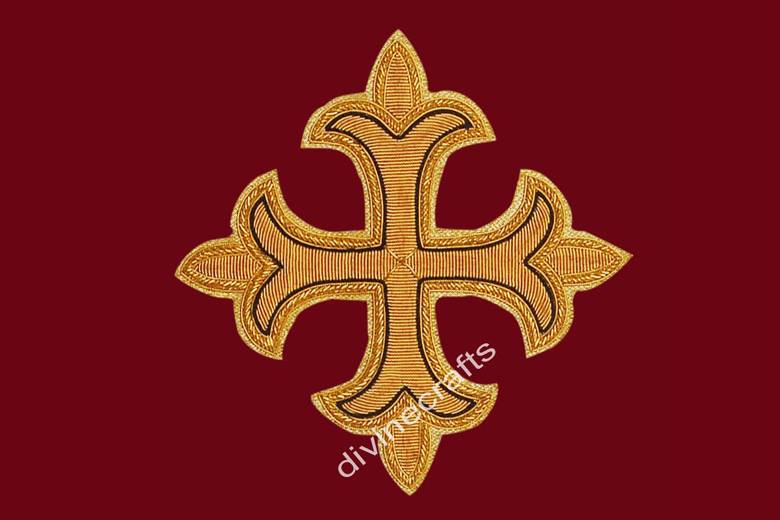
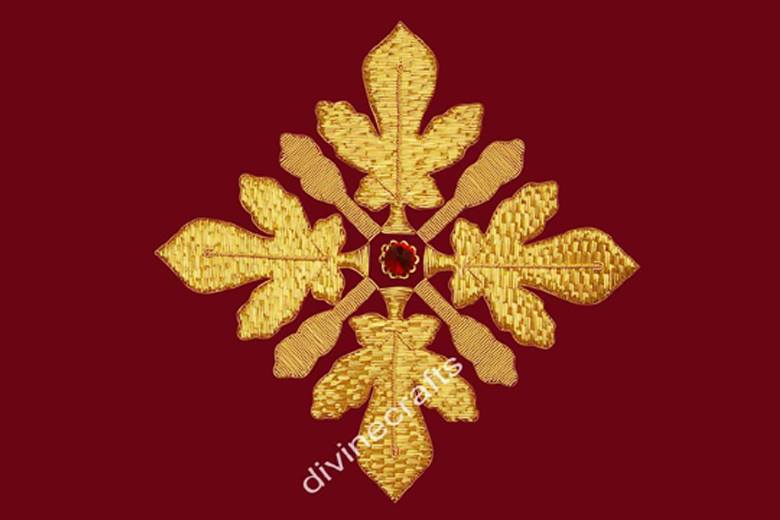
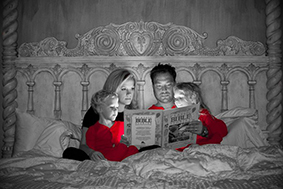
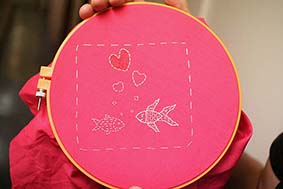
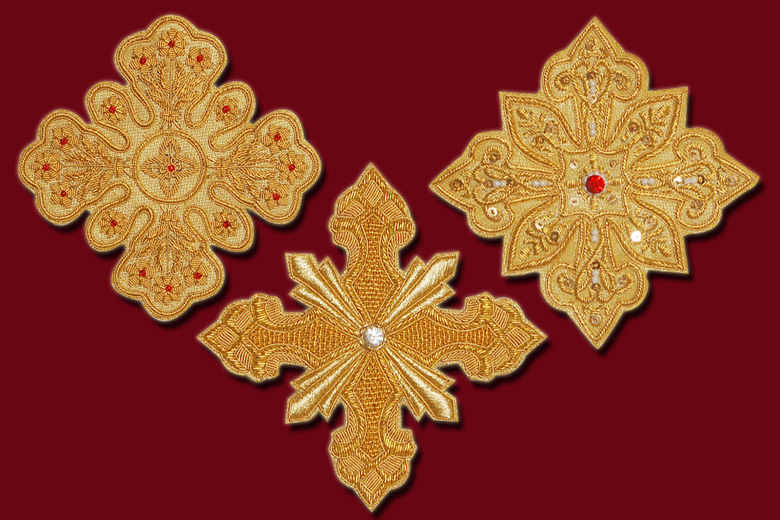
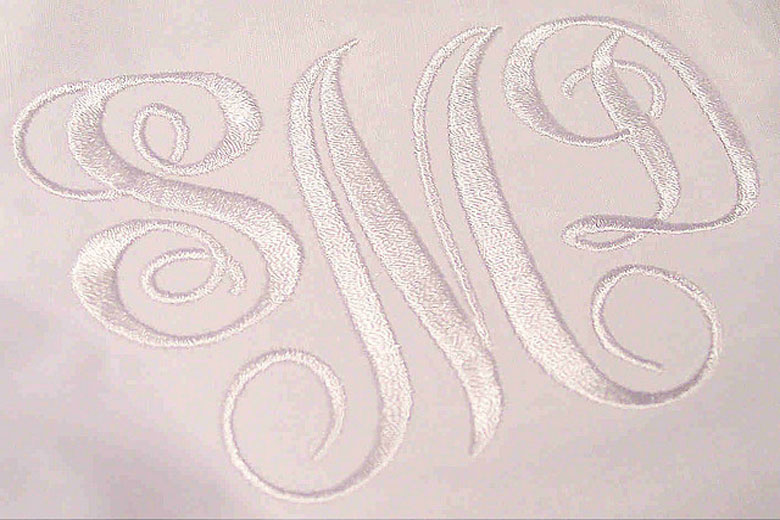


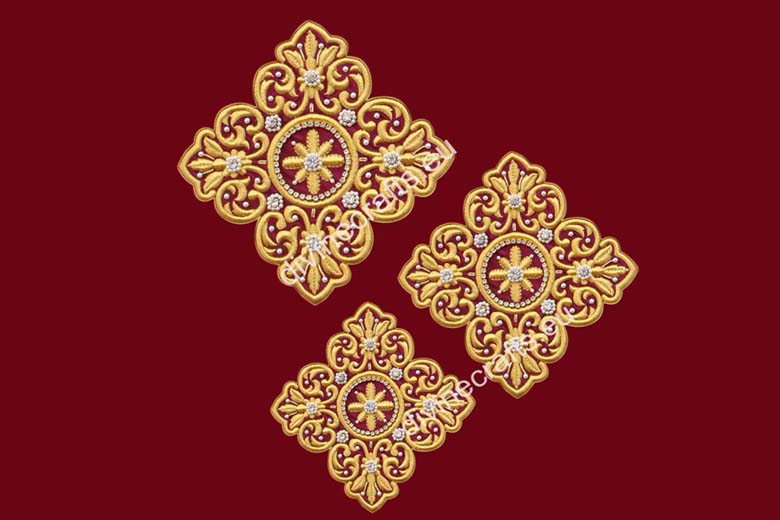








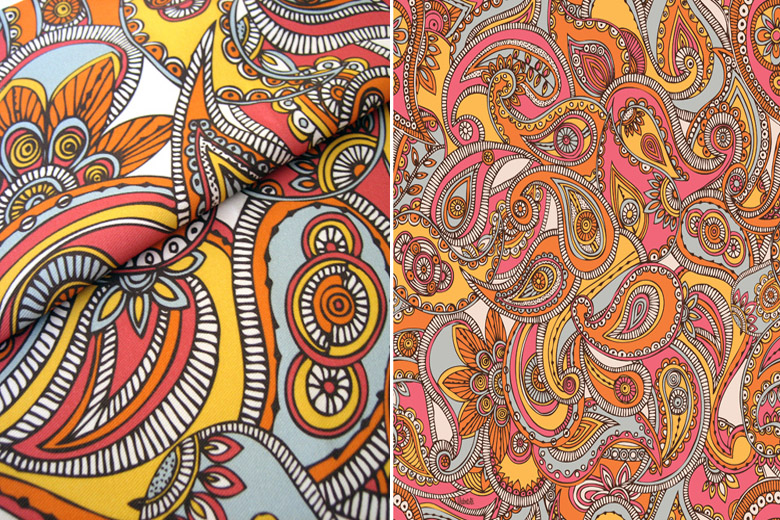

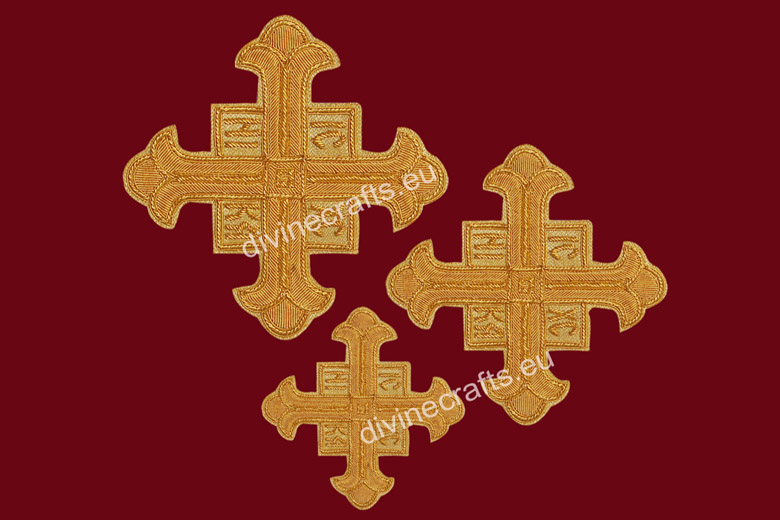
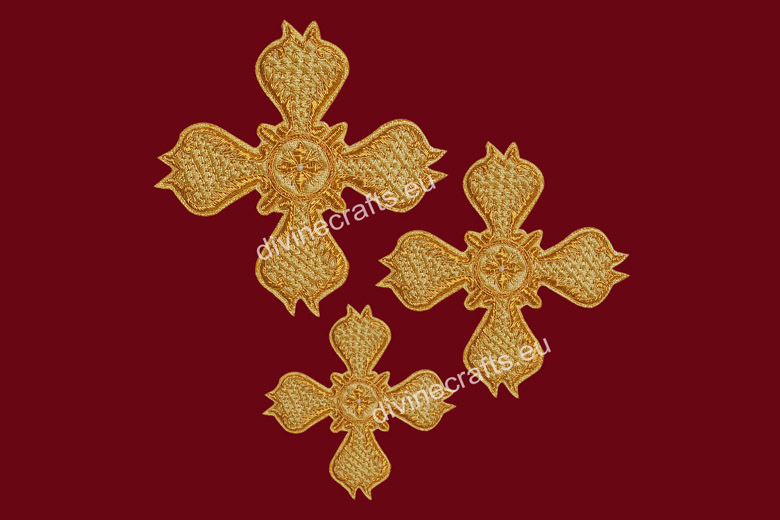

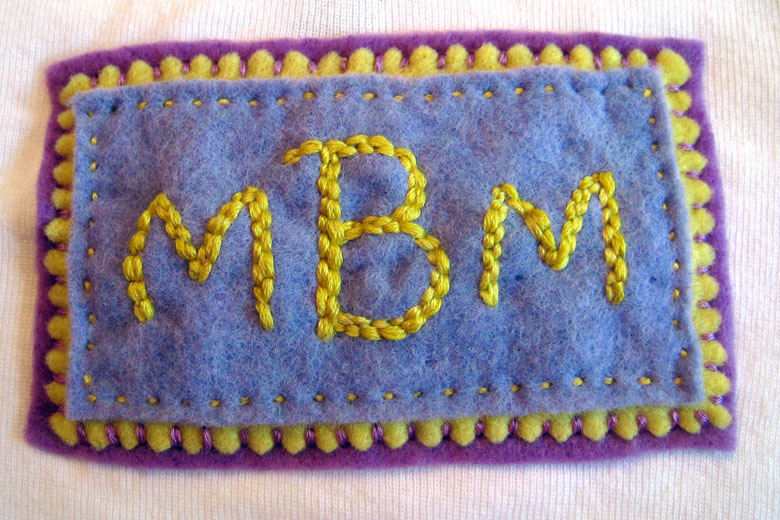

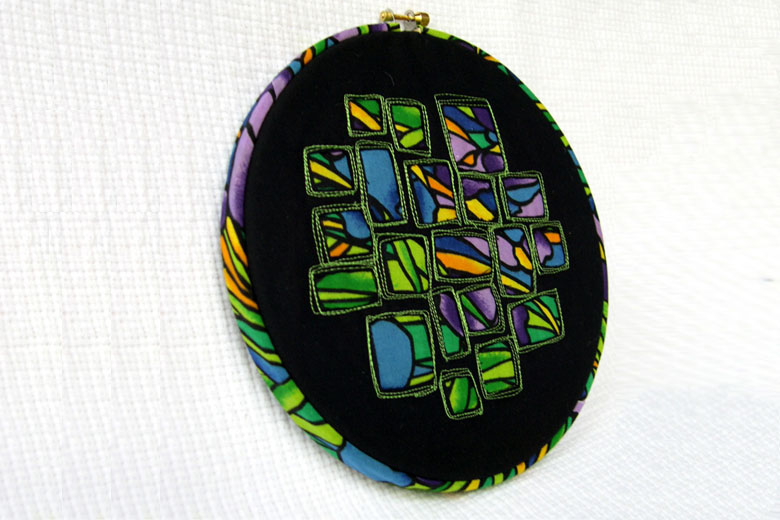
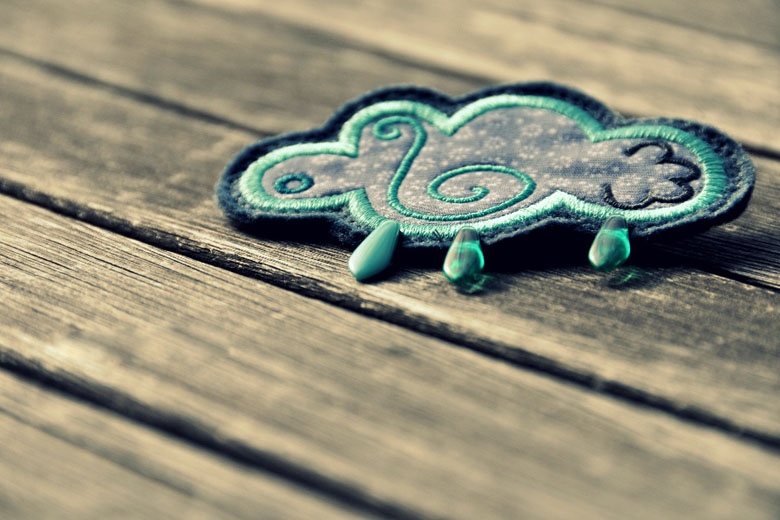
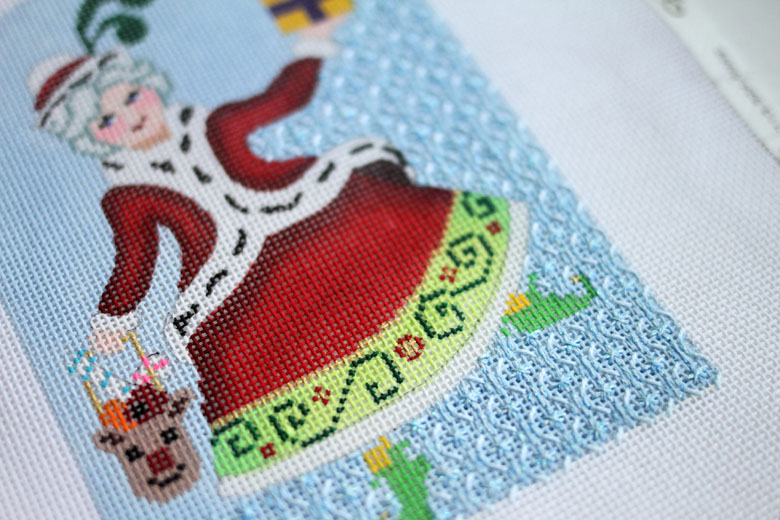
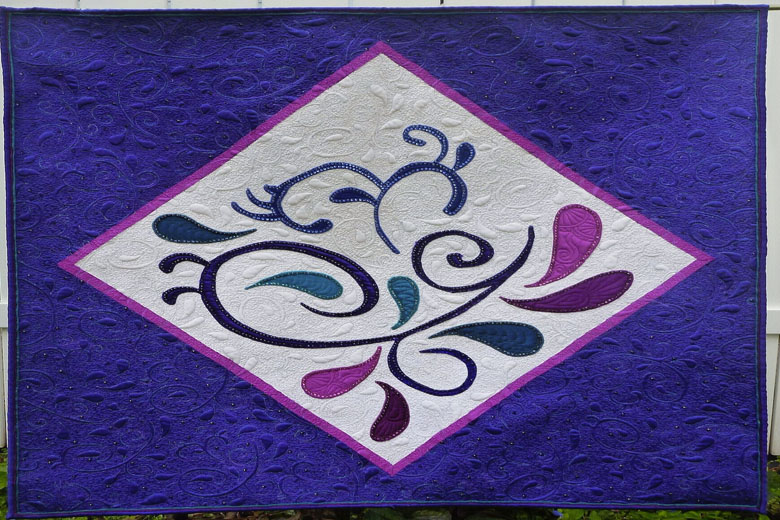
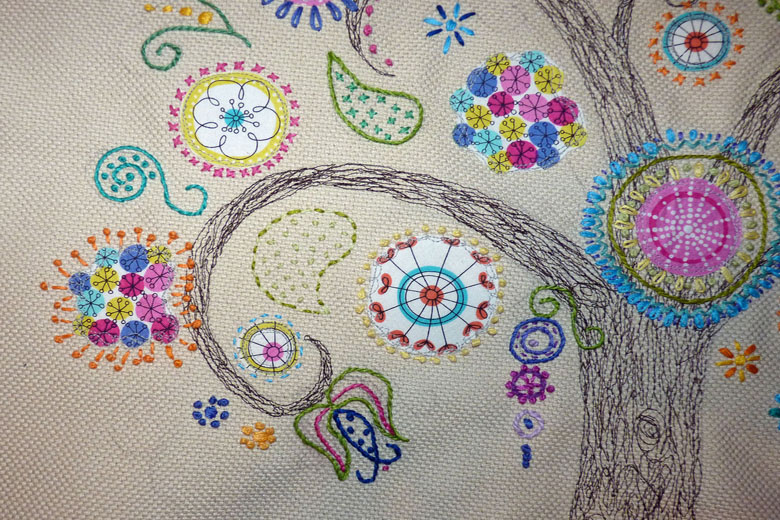
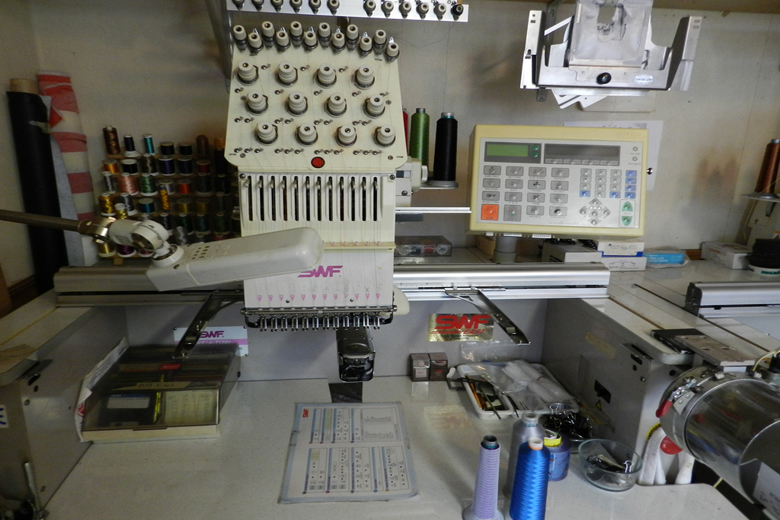
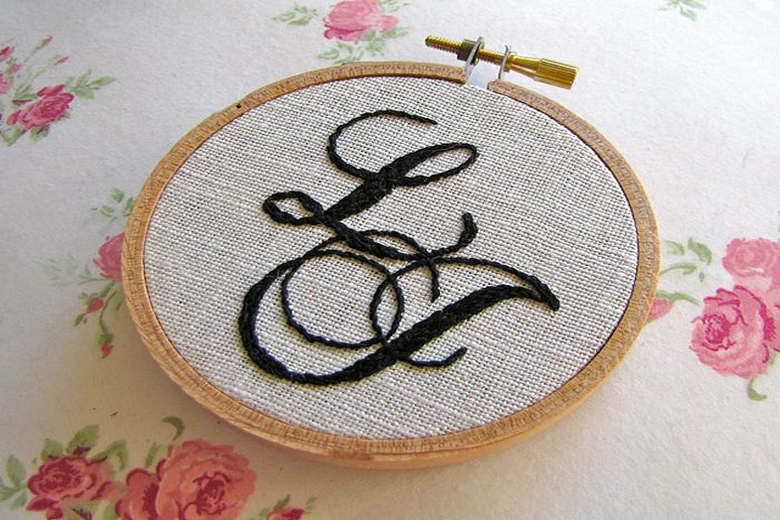
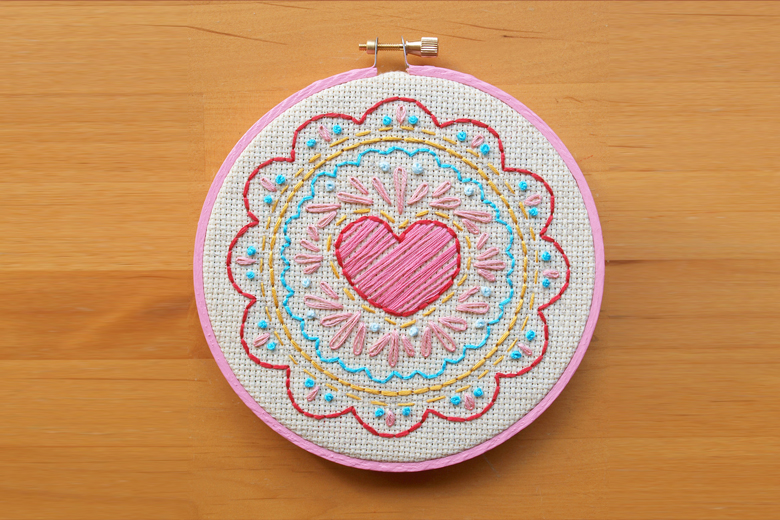


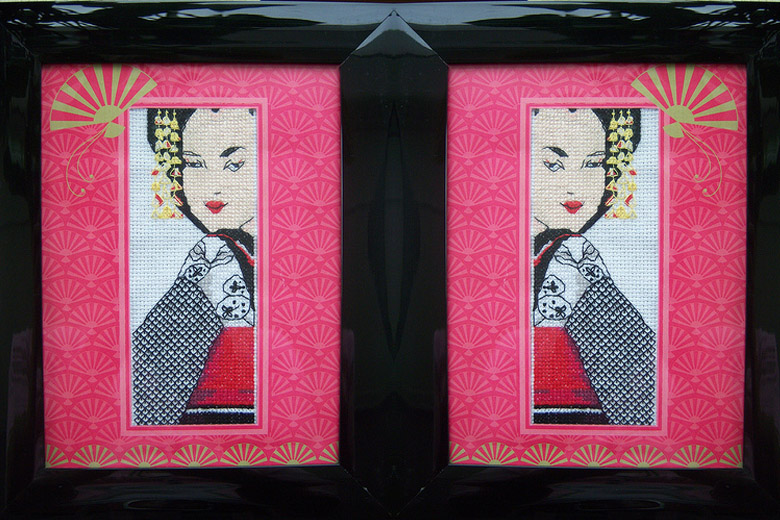
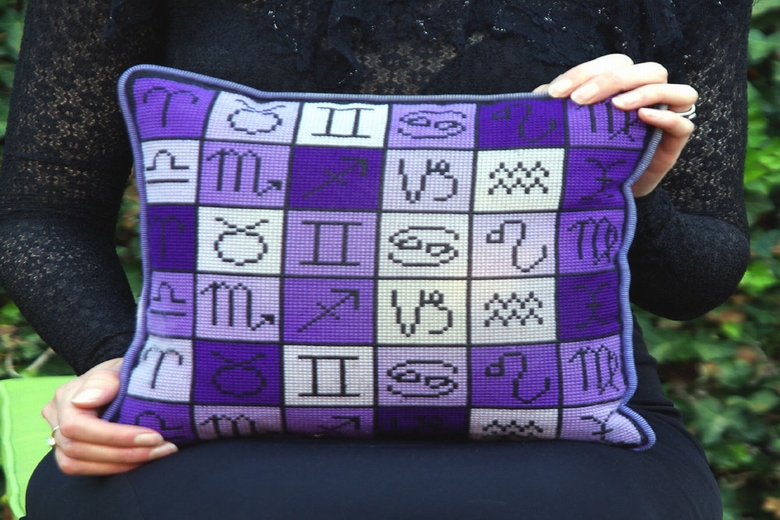
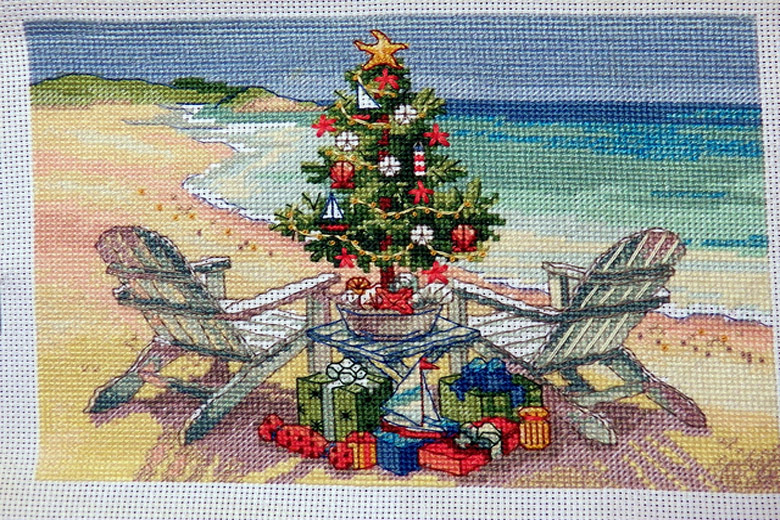
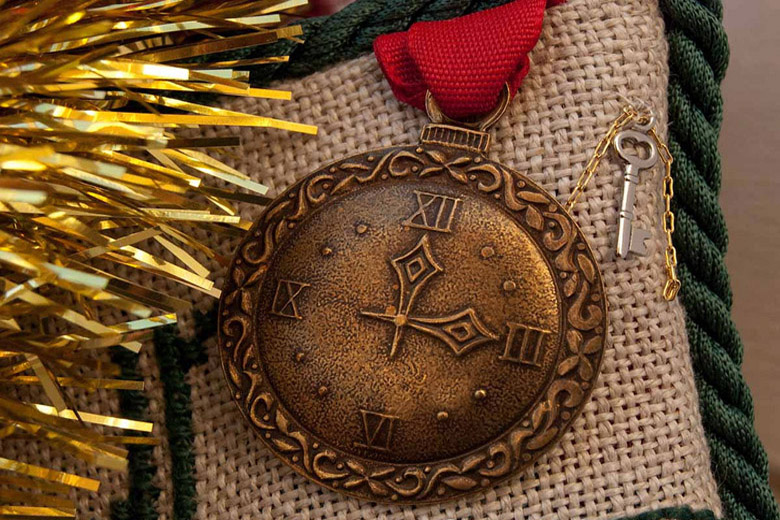


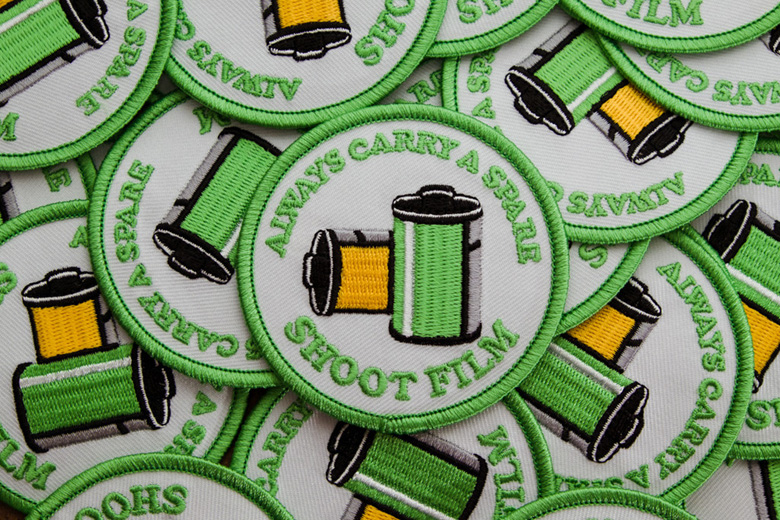
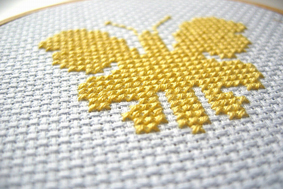
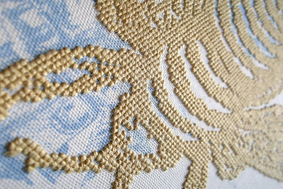

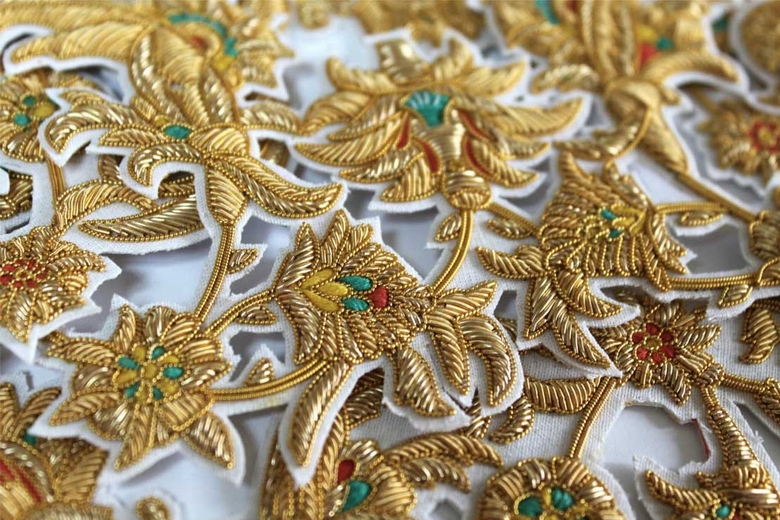
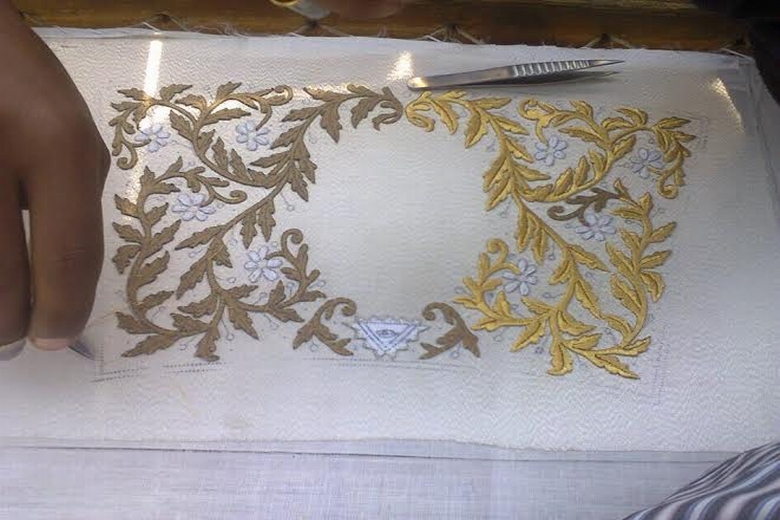
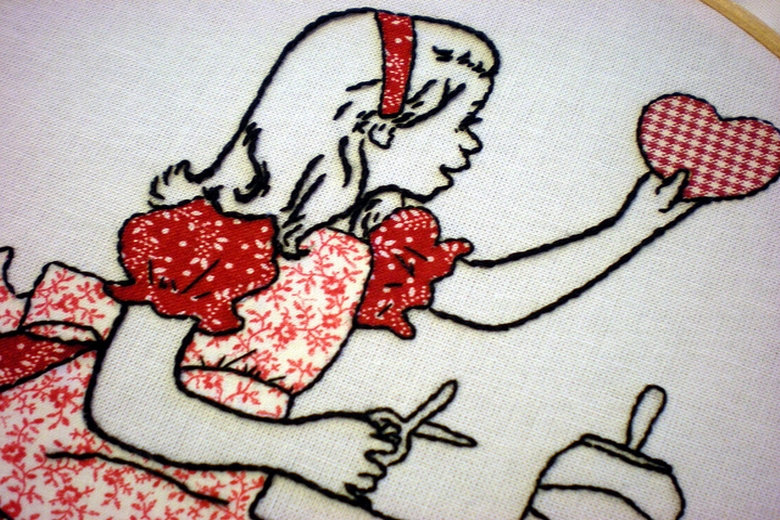
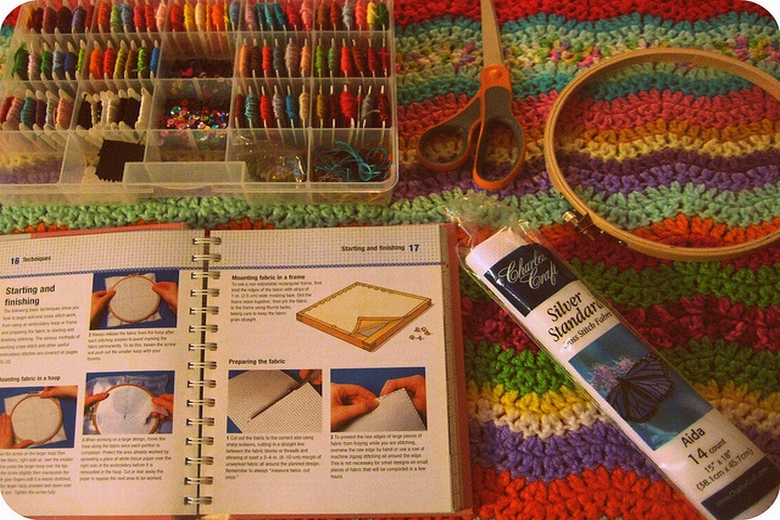
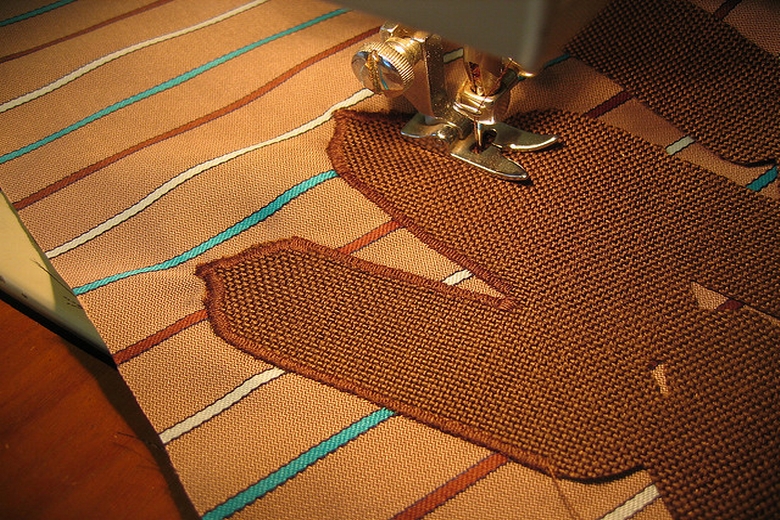
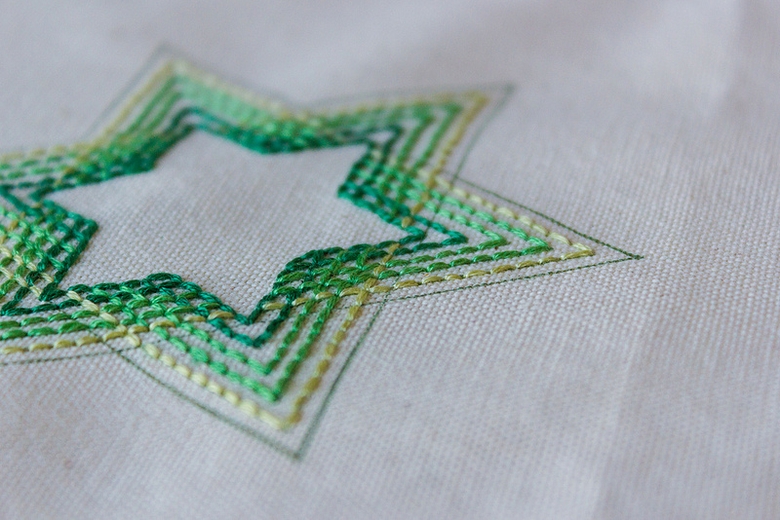
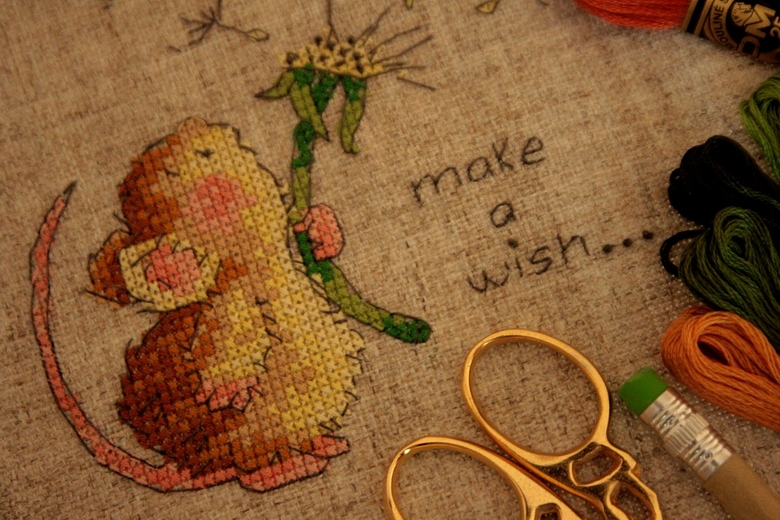

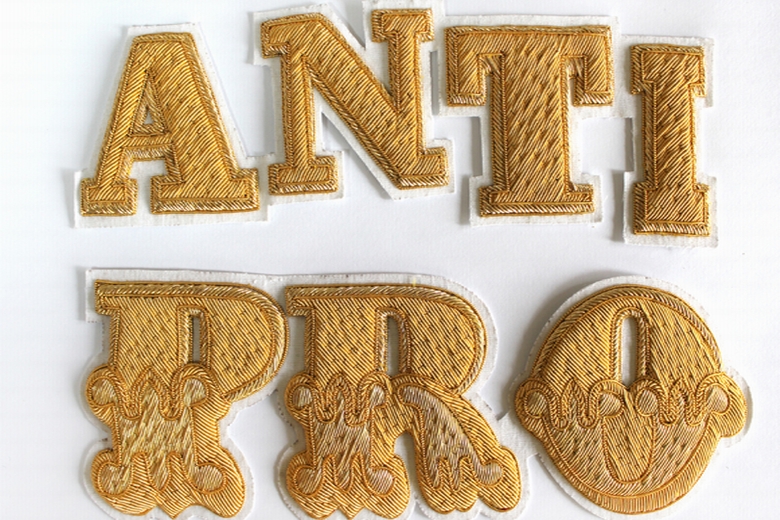
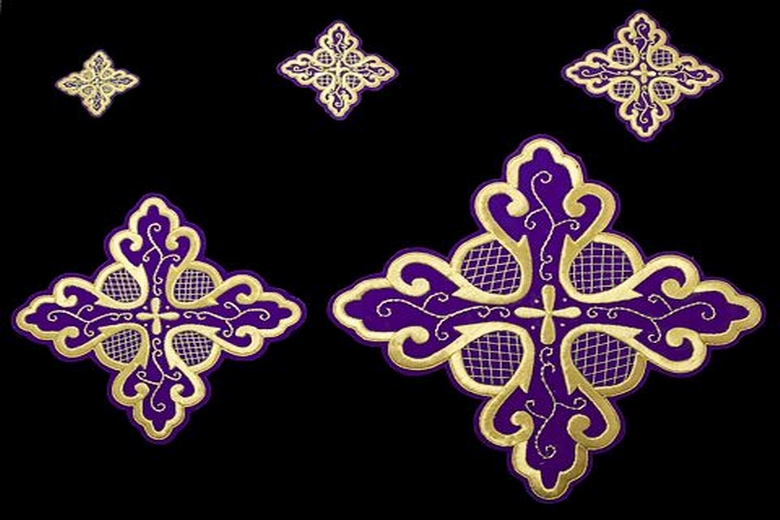

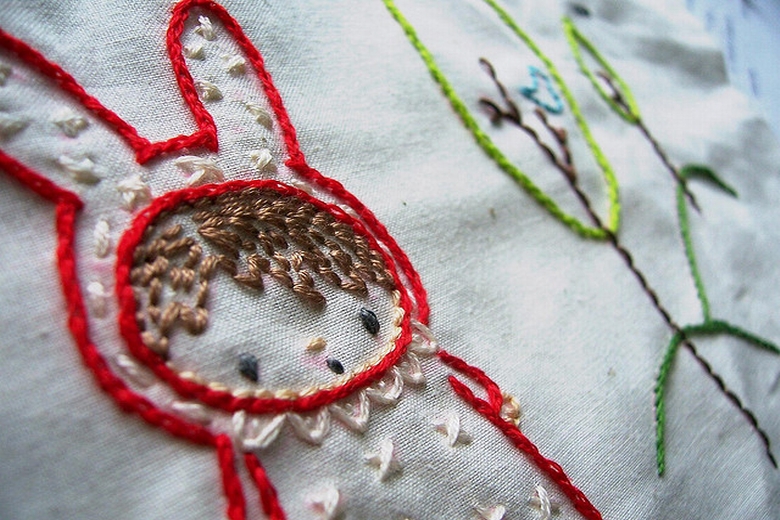






Comments
Submit Comment